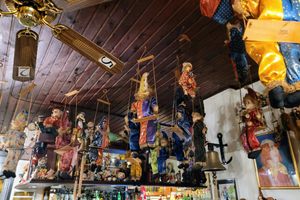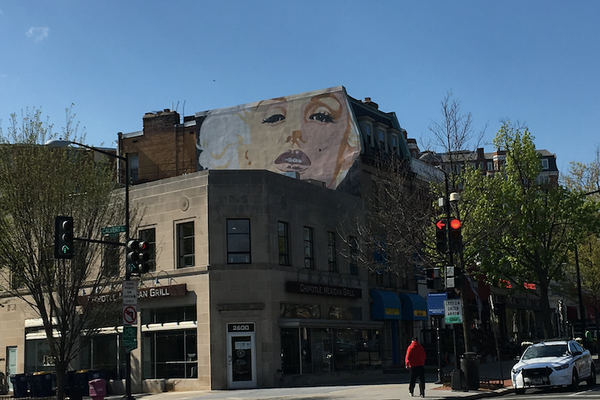About
Anne Lund and Søren Lisberg were 21-year-old activists in the Organisationen til Oplysning om Atomkraft (Organization for Information on Nuclear Power) when they decided to come up with a more universally approachable design for protesting nuclear power.
Lund said she wanted to express dissent in a way that was more accessible to a much wider audience than a lot of the more radical slogans and images of the time. The friendly red sun on a yellow background is surrounded by a rather polite question and response: “Atomkraft? Nej Tak" (Nuclear Power? No Thanks). They even opted out of an exclamation mark to keep the sentiment as simple as possible.
The design was produced in an initial run of 500 badges, all assembled by hand in Lund's kitchen by fellow activists, and sold at that year's May Day celebrations. They were an instant success, and, as Lund and Lisberg had hoped, not just with activists.
The Smiling Sun would eventually become the symbol for the opposition to nuclear power around the world, with 45 nationalized versions rejecting nuclear power in languages such as Japanese, German, Esperanto, Farsi, and Cornish.
In 1983, a mural of the Smiling Sun appeared in Aarhus, not far from where it was originally designed, as a tribute to the global icon. The symbol struck a chord, and in 1985 the Danish government scrapped its plans to introduce nuclear power.
In 2008 the mural was almost destroyed to make room for development, but it’s admirers held protests—this time to fight for it, rather than with it.
Related Tags
Know Before You Go
If you want the see the house where the original symbol was designed, go to Klostergade 6-8.
Community Contributors
Added By
Published
September 12, 2017































